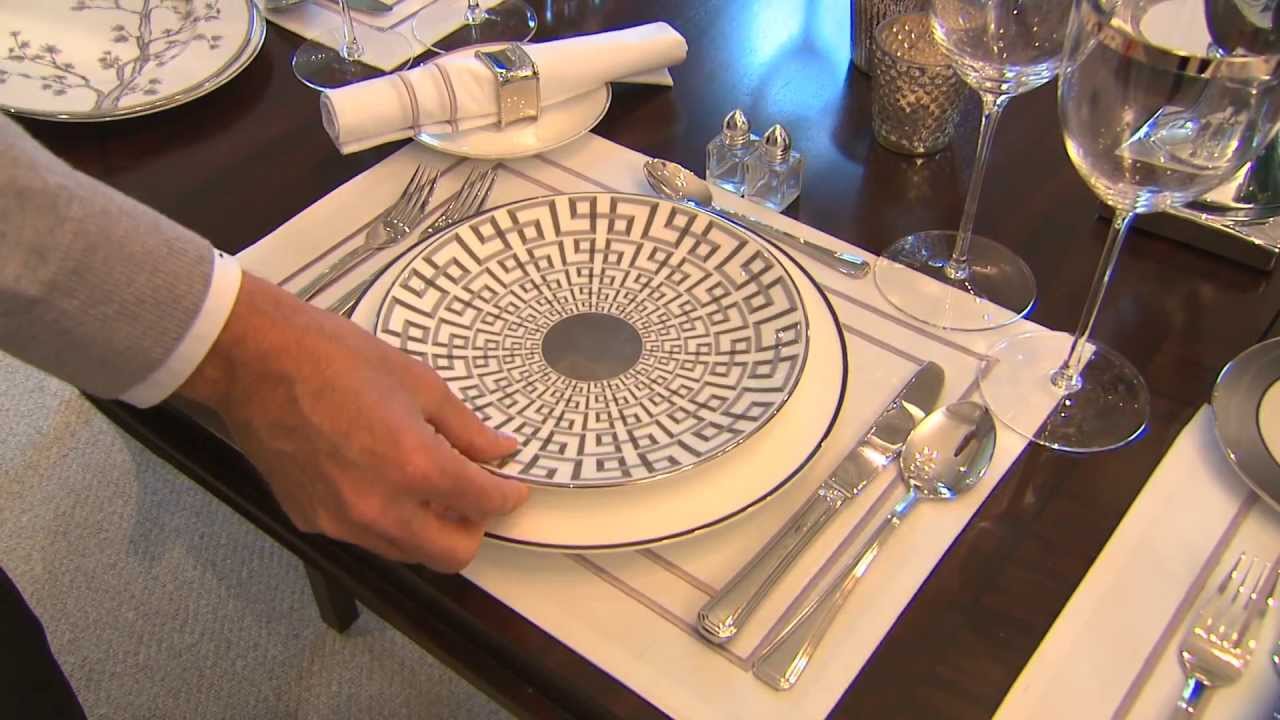

Tableware
How To Mix And Match Place Settings
Modified: January 15, 2024
Learn how to expertly mix and match tableware for stunning place settings that will impress your guests. Discover the art of combining different styles and patterns to create a unique dining experience.
(Many of the links in this article redirect to a specific reviewed product. Your purchase of these products through affiliate links helps to generate commission for Storables.com, at no extra cost. Learn more)
Introduction
Welcome to the world of tableware, where the art of setting a beautiful and inviting table takes center stage. The perfect table setting can make any meal feel like a special occasion, whether it’s a casual family dinner or an elegant dinner party.
One of the key elements in creating a stunning table is the place settings. Traditionally, place settings consisted of a standard set of matching dinnerware, including plates, bowls, and flatware. However, in recent years, there has been a shift towards mixing and matching place settings to create a more eclectic and personalized look.
Mixing and matching place settings allows you to unleash your creativity and reflect your unique style and personality. It adds visual interest to the table and can turn a simple meal into a memorable dining experience. However, it can be a bit overwhelming to know where to start and how to achieve a cohesive and harmonious look.
In this article, we will guide you through the process of mixing and matching place settings, from choosing a color scheme to coordinating patterns and textures. We will also explore how to mix different styles and materials to create a truly curated look. Let’s dive in and elevate your table settings to a whole new level.
Key Takeaways:
- Mixing and matching place settings allows you to unleash your creativity and reflect your unique style and personality. It adds visual interest to the table and can turn a simple meal into a memorable dining experience.
- Creating a cohesive look with mixed and matched place settings is about finding a balance between unity and variety. By choosing a theme or style, establishing a color scheme, and using layers and levels, you can achieve a visually pleasing and cohesive table setting.
Understanding Place Settings
Before we dive into the art of mixing and matching place settings, let’s first understand what a place setting actually entails. A place setting typically consists of a set of dishes, silverware, and glassware that is laid out for each individual at the table.
The basic components of a traditional place setting include:
- Dinner Plate: This is the main plate where the main course is served. It is usually placed at the center of the setting.
- Salad Plate: This smaller plate is used for appetizers, salads, or small portions that are served before the main course. It is often placed on top of the dinner plate.
- Bread Plate: A smaller plate or saucer is provided for bread or rolls. It is generally placed to the left of the dinner plate.
- Flatware: This refers to the utensils used for eating, including the knife, fork, and spoon. These are placed on either side of the dinner plate, with the knife on the right, closest to the plate.
- Glassware: Depending on the occasion, glassware can include a water glass, wine glass, and/or a champagne flute. These are usually placed to the top right of the setting.
- Napkin: The napkin is placed either on the plate or to the left of the forks.
Understanding the components of a place setting is essential as it sets the foundation for mixing and matching. By knowing what pieces are typically included, you can begin to explore different combinations and variations to create an eye-catching and personalized table.
Keep in mind that while there are traditional guidelines for place settings, there are no hard and fast rules. You have the freedom to mix things up and experiment with different elements to create a look that suits your taste and the occasion.
Now that we have a clear understanding of place settings, let’s explore how to match tableware with table settings, utilizing various tips and strategies to mix and match them for creating a truly unique and inviting table.
Tips for Mixing and Matching Place Settings
Mixing and matching place settings can be a fun and creative way to add personality and style to your table. Here are some tips to help you achieve a cohesive and visually appealing look:
- Choose a Color Scheme: Start by selecting a color scheme that sets the tone for your table. You can opt for complementary colors for a harmonious look or experiment with contrasting colors for a more bold and vibrant table setting.
- Coordinate Patterns and Textures: Mix different patterns and textures to add visual interest to your table. Consider combining floral prints with geometric designs or smooth ceramics with textured glassware. Just make sure that the patterns and textures complement each other rather than clash.
- Mix Different Styles: Don’t be afraid to mix different styles of dinnerware, such as vintage and modern or rustic and contemporary. The key is to find a common element or theme that ties the different pieces together.
- Use Different Materials: Incorporate various materials into your place settings, such as ceramic, glass, wood, or metal. This adds depth and texture to the table and creates an eclectic and visually appealing look.
- Add Unique Elements to Each Place Setting: To create a personalized touch, consider adding unique elements to each place setting. This can be a personalized name card, a small decorative item, or a special folded napkin. These little touches can make your guests feel extra special.
- Creating a Cohesive Look: While mixing and matching, it’s important to maintain a sense of cohesiveness. Choose one or two unifying elements that tie the different elements together, such as a common color or pattern. This will help create a balanced and well-curated look.
Remember, mixing and matching place settings is all about creativity and experimentation. Play around with different combinations, try new things, and let your personal style shine through. Don’t be afraid to break the rules and create a table that truly reflects your personality.
Now that you have some tips for mixing and matching, let’s explore further on how to choose a color scheme and coordinate patterns and textures to elevate your table settings.
Choosing a Color Scheme
Choosing a color scheme is an important step in creating a visually appealing and cohesive table setting. The right colors can set the mood, evoke emotions, and tie everything together. Here are some tips to help you choose a color scheme for your mixed and matched place settings:
- Consider the Occasion: Think about the occasion or theme of your event. Is it a casual brunch, a formal dinner party, or a festive holiday gathering? The occasion can often dictate the color palette you choose. For example, bright and bold colors might work well for a summer picnic, while softer and muted tones could be more suitable for an elegant dinner party.
- Draw Inspiration from the Season: Take inspiration from the season when selecting your color scheme. For spring, you might opt for pastel shades like mint green and blush pink. In the summer, vibrant and tropical colors like coral and turquoise can be a great choice. In the fall, warm tones such as burnt orange and deep burgundy can create a cozy ambiance. And for winter, consider a combination of icy blues and shimmering silvers.
- Choose a Base Color: Start by selecting a base color that will anchor your table setting. This color can be present in the dinnerware, tablecloth, or even the centerpiece. Neutral shades like white, cream, or gray are versatile and can be paired with any other color. Alternatively, you can choose a bold color as your base and build the rest of the color scheme around it.
- Add Accent Colors: Once you have your base color, add one or two accent colors to complement it. These colors can be used for napkins, glassware, or decorative elements. You can opt for analogous colors (colors that are next to each other on the color wheel) for a harmonious look, or contrasting colors for a more dynamic and eye-catching palette.
- Consider Contrast: When mixing and matching place settings, it’s important to consider contrast. If your base color is light, consider adding darker accent colors for contrast. Similarly, if your base color is bold and vibrant, balance it with softer and more subdued accent colors.
- Experiment and Trust your Instincts: Don’t be afraid to experiment and trust your instincts when it comes to choosing a color scheme. Sometimes unexpected combinations can result in stunning and unique table settings. Gather swatches or look for inspiration online to help visualize how the colors will work together.
Remember, the goal of choosing a color scheme is to create a visually cohesive and pleasing table setting. By considering the occasion, drawing inspiration from the season, and carefully selecting a base color and accent colors, you can create a stunning table that will leave a lasting impression on your guests.
Next, let’s explore how to coordinate patterns and textures to bring your mixed and matched place settings to life.
Coordinating Patterns and Textures
When it comes to mixing and matching place settings, coordinating patterns and textures is a key element in creating a visually captivating table. By carefully selecting and combining different patterns and textures, you can add depth, interest, and a touch of whimsy to your table setting. Here are some tips to help you coordinate patterns and textures harmoniously:
- Start with a Focal Point: Choose one item, such as a patterned dinner plate or a textured tablecloth, as the focal point of your table setting. This will serve as the anchor for your design and help guide the rest of your choices.
- Stick to a Theme: Select a theme or style for your table setting, such as floral, coastal, or geometric. This will provide a cohesive framework for your pattern and texture choices.
- Mix Scale: Play with different scales of patterns to create visual interest. For example, pair a large-scale floral patterned plate with a smaller, more subtle patterned salad plate. This contrast in scale will add depth and dimension to your table.
- Consider Color Palette: Pay attention to the color palette of your patterns and textures. Choose patterns with similar or complementary colors to create a harmonious look. Alternatively, you can opt for patterns with contrasting colors for a more bold and vibrant table setting.
- Vary Textures: Mixing different textures is another way to add visual interest to your table. Consider combining smooth ceramic plates with textured glassware or woven placemats with a metallic silverware. The contrast between smooth and textured surfaces will create a dynamic and tactile experience for your guests.
- Play with Repetition: To create a sense of continuity, repeat certain patterns or textures throughout your table setting. For example, you can use the same patterned napkin as a subtle touch on each place setting or incorporate the same textured elements in your centerpiece.
- Bold and Neutral Balance: Strike a balance between bold, eye-catching patterns and more neutral or subtle patterns. This will prevent your table from appearing too busy or overwhelming. The combination of bold and neutral patterns will create a visually pleasing and well-balanced look.
- Trust Your Instincts: Ultimately, trust your instincts and have fun with mixing and matching patterns and textures. Embrace your personal style and don’t be afraid to try unconventional combinations. Sometimes the most unexpected pairings can result in the most captivating table settings.
Remember, coordinating patterns and textures is all about finding the right balance and creating a visually cohesive table setting. By starting with a focal point, sticking to a theme, mixing scale and textures, and considering color palettes, you can elevate your mixed and matched place settings to a whole new level.
Next, we will explore how to mix different styles of dinnerware to create a curated and personalized look for your table.
When mixing and matching place settings, stick to a cohesive color scheme or theme to create a cohesive look. You can mix different patterns and textures as long as they share a common element.
Read more: How To Mix And Match Throw Pillows
Mixing Different Styles
One of the most exciting aspects of mixing and matching place settings is the ability to combine different styles of dinnerware. Mixing styles allows you to create a unique and personalized table setting that reflects your individual taste and creativity. Here are some tips for successfully mixing different styles:
- Identify Your Style: Start by identifying your overall style preference. Are you drawn to modern and minimalist designs, or do you lean towards vintage and antique aesthetics? Knowing your style will help you choose dinnerware pieces that complement each other.
- Find a Common Element: Look for a common element that ties your different dinnerware styles together. This could be a shared color, a similar shape, or a common pattern. Finding this common thread will create a sense of cohesion and prevent your table from looking disjointed.
- Pair Opposites: Experiment with pairing contrasting styles to create visual interest. For example, combine sleek and contemporary dinner plates with ornate and decorative dessert plates. The juxtaposition of styles will add depth and intrigue to your table setting.
- Balance the Mix: While it’s fun to mix different styles, it’s essential to maintain balance. Avoid overcrowding the table with too many clashing styles. Instead, choose a few distinct styles that work well together and allow them to shine.
- Create a Centerpiece: Use a centerpiece as a focal point to bring all the different styles together. A floral arrangement, a collection of candles, or a unique decorative piece can serve as a unifying element on the table.
- Experiment with Layers: Layering different styles is another way to create a visually interesting table setting. For example, you can place a modern charger plate underneath a vintage-inspired dinner plate. This layering effect adds depth and dimension to the table.
- Consider Textures: Mix different textures within your dinnerware to add visual and tactile interest. Combine smooth and glossy finishes with matte and rough textures for a varied and captivating look.
- Go for Eclectic: Embrace the eclectic nature of mixing styles and have fun with it! Don’t be afraid to incorporate unexpected pieces or unconventional combinations. The beauty of mixing styles is that it allows your creativity to shine through.
Remember, mixing different styles of dinnerware is all about expressing your personal style and creating a one-of-a-kind table setting. By identifying your style, finding common elements, pairing opposites, balancing the mix, and experimenting with layers and textures, you can achieve a curated and visually captivating table.
Next, let’s explore how to incorporate different materials into your place settings for a truly unique and eclectic look.
Using Different Materials
Incorporating different materials into your place settings is a fantastic way to add depth, texture, and visual interest to your table. Mixing materials creates a unique and eclectic look that can truly elevate your dining experience. Here are some tips for successfully using different materials in your place settings:
- Consider the Theme: Think about the theme or style you want to achieve. Different materials evoke different moods and aesthetics. For example, using natural materials like wood or rattan can create a rustic or bohemian vibe, while metallics like gold or silver add a touch of elegance and luxury.
- Mix Metals: Don’t be afraid to mix different metallic finishes, such as gold, silver, and copper. Combining metals adds a shimmering and sophisticated touch to your place settings. Just remember to maintain a sense of balance and coherence by repeating the metal accents throughout your table.
- Experiment with Ceramics: Ceramics come in a wide variety of styles and finishes, making them a versatile material to incorporate into your place settings. Mix glazed ceramics with matte finishes, or combine patterned pieces with solid-colored designs to create a playful and dynamic table.
- Introduce Glassware: Glassware adds an element of elegance and transparency to your table. Experiment with different glassware styles, such as clear, colored, or textured glasses. They can be mixed and matched to create an eclectic and visually appealing display.
- Embrace Natural Elements: Bring the beauty of nature to your table by incorporating natural materials like wood, bamboo, or stone. Wooden chargers, bamboo placemats, or stone coasters can add a rustic and organic touch to your place settings.
- Combine Textures: Mixing different textures is a great way to create visual interest. For example, pair smooth ceramic plates with textured linen napkins or mix delicate porcelain with woven wicker chargers. The contrast in textures adds depth and tactile appeal to your table.
- Layer with Fabrics: Fabrics can play a role in creating a diverse table setting. Layer tablecloths, runners, and napkins in different materials and patterns to add texture and visual intrigue. Don’t be afraid to experiment with different colors and prints to achieve the desired effect.
- Think Beyond Traditional Materials: Consider incorporating unconventional materials like acrylic, resin, or even recycled materials into your place settings. These unique materials can add a contemporary and artistic touch to your table.
Remember, using different materials in your place settings allows you to express your creativity and create a truly personalized table. By considering the theme, mixing metals, experimenting with ceramics and glassware, embracing natural elements, combining textures, layering fabrics, and thinking beyond traditional materials, you can create a visually captivating and unforgettable dining experience.
Next, let’s explore how to add unique elements to each place setting to further enhance your mixed and matched table.
Adding Unique Elements to Each Place Setting
Adding unique elements to each place setting is a wonderful way to add a personal and thoughtful touch to your table. By customizing each place setting with special details, you can create a warm and inviting atmosphere for your guests. Here are some ideas for adding unique elements to each place setting:
- Name Cards: Create personalized name cards for each guest. You can use decorative paper, calligraphy, or even small photo frames to display their names. This not only adds an elegant touch but also helps guests find their assigned seats.
- Customized Menus: Design and print individualized menus for each guest. Include the courses being served or a special message to make your guests feel extra special. Place the menus on top of the dinner plates or tuck them into the napkins for a polished look.
- Personalized Favors: Prepare small personalized favors or gifts at each place setting. This can be something as simple as a handwritten thank you note, a small potted plant, or a homemade treat. These gestures make each guest feel appreciated and create a memorable experience.
- Special Utensils or Glassware: Consider using unique or vintage utensils or glassware for each place setting. This can add a touch of nostalgia and charm to the table. Visit antique markets or explore your own collection to find one-of-a-kind pieces for your guests to enjoy.
- Decorative Napkin Folds: Create intricate or playful napkin folds to add flair to each place setting. Fold your napkins into unique shapes like origami animals, elegant fans, or simple bows. This small detail can instantly elevate the visual appeal of the table.
- Themed Decorations: Choose small decorative elements that fit the theme or occasion of your event. For example, for a beach-themed party, you can place small seashells or mini starfish at each place setting. These subtle decorations tie the theme together and create a cohesive look.
- Individualized Place Cards: Instead of traditional name cards, consider personalizing individualized place cards with a special message or quote for each guest. This adds a personal touch and can be a great conversation starter during the meal.
- Signature Drink Glasses: Prepare unique glasses or mugs for each guest to enjoy a signature drink. Add a custom label or a small decorative charm to differentiate the glasses and make each guest feel special.
Remember, adding unique elements to each place setting allows you to showcase your thoughtfulness and creativity. Whether through personalized name cards, customized menus, individualized favors, or thematic decorations, these details create a warm and welcoming environment that your guests will truly appreciate.
Finally, let’s explore some strategies for creating a cohesive look with your mixed and matched place settings.
Creating a Cohesive Look
While mixing and matching place settings can result in a visually stunning table, it’s important to ensure that the overall look remains cohesive. Creating a cohesive look ties all the different elements together and creates a harmonious and inviting table setting. Here are some strategies for achieving a cohesive look:
- Choose a Theme or Style: Determine a theme or style for your table setting. This could be rustic, vintage, contemporary, or any other theme that resonates with you. Having a theme will provide a guideline for selecting compatible pieces and colors.
- Establish a Color Scheme: Select a color scheme that complements your chosen theme or style. Choose two or three main colors and incorporate them consistently throughout the table. This will help create a unified and cohesive look.
- Repeat Patterns or Motifs: If you have different patterns on your dinnerware or linens, consider repeating one or two patterns throughout the table. This repetition creates visual continuity and connects the different elements.
- Maintain Consistency: While mixing different styles and materials, it’s important to maintain a sense of consistency. This can be achieved by selecting pieces that share similar shapes, finishes, or details. Consistency in these elements will create a sense of unity on the table.
- Balance Bold and Subtle Elements: Mix bold statement pieces with more subtle and understated elements. This balance helps create visual interest without overwhelming the table. For example, pair an eye-catching patterned plate with simple and neutral-colored glassware.
- Use Layers and Levels: Experiment with layering and varying heights to create dimension on the table. Layer different table linens, stack plates and bowls of different sizes, and use serving dishes at varying heights. This adds visual interest and depth to the overall setting.
- Consider the Tableware Arrangement: Pay attention to how you arrange the tableware. Consider the spacing between each place setting, the placements of utensils, and the symmetry or asymmetry of the table setup. This attention to detail will contribute to a cohesive and well-presented table.
- Anchor with a Centerpiece: A well-chosen centerpiece can serve as a focal point and tie everything together. Select a centerpiece that complements your chosen theme or style, and incorporate elements from the tableware into the centerpiece design. This will create a sense of harmony and completion.
Remember, creating a cohesive look is about finding a balance between unity and variety. By choosing a theme or style, establishing a color scheme, repeating patterns, maintaining consistency, balancing bold and subtle elements, using layers and levels, and anchoring with a centerpiece, you can achieve a visually pleasing and cohesive table setting.
Now that you have a range of strategies to create a cohesive look, let’s wrap up with some final thoughts on mixing and matching place settings.
Read more: How To Mix And Match Furniture In Bedroom
Final Thoughts
Congratulations! You have now learned how to mix and match place settings to create a table that exudes style, personality, and creativity. By following the tips and strategies outlined in this article, you can confidently bring together different colors, patterns, textures, styles, and materials to design a visually captivating and cohesive table setting.
Remember that the key to successful mixing and matching is finding a balance between unity and variety. While it can be tempting to incorporate many different elements, it’s important to maintain a cohesive look by selecting a theme or style, establishing a color scheme, repeating patterns, maintaining consistency, and using layers and levels effectively.
Don’t be afraid to trust your instincts and think outside the box. Embrace your personal style and let your creativity shine through. Mixing and matching place settings allows you to showcase your unique taste and express yourself in a way that truly reflects your personality.
Whether you’re hosting a casual gathering with friends or a formal dinner party, the art of mixing and matching place settings will elevate your table and make your guests feel special. Remember to add unique elements to each place setting, such as personalized name cards, customized menus, or themed decorations, to create a warm and inviting atmosphere.
Lastly, enjoy the process! Have fun exploring different combinations, experimenting with colors and patterns, and discovering new and unique pieces for your table. The beauty of mixing and matching place settings is that there are no hard and fast rules. Trust your instincts and let your creativity guide you as you create a table setting that is truly one-of-a-kind.
Now it’s time to gather your favorite tableware, let your imagination run wild, and create a stunning table that will leave a lasting impression on your guests. Happy mixing and matching!
Frequently Asked Questions about How To Mix And Match Place Settings
Was this page helpful?
At Storables.com, we guarantee accurate and reliable information. Our content, validated by Expert Board Contributors, is crafted following stringent Editorial Policies. We're committed to providing you with well-researched, expert-backed insights for all your informational needs.
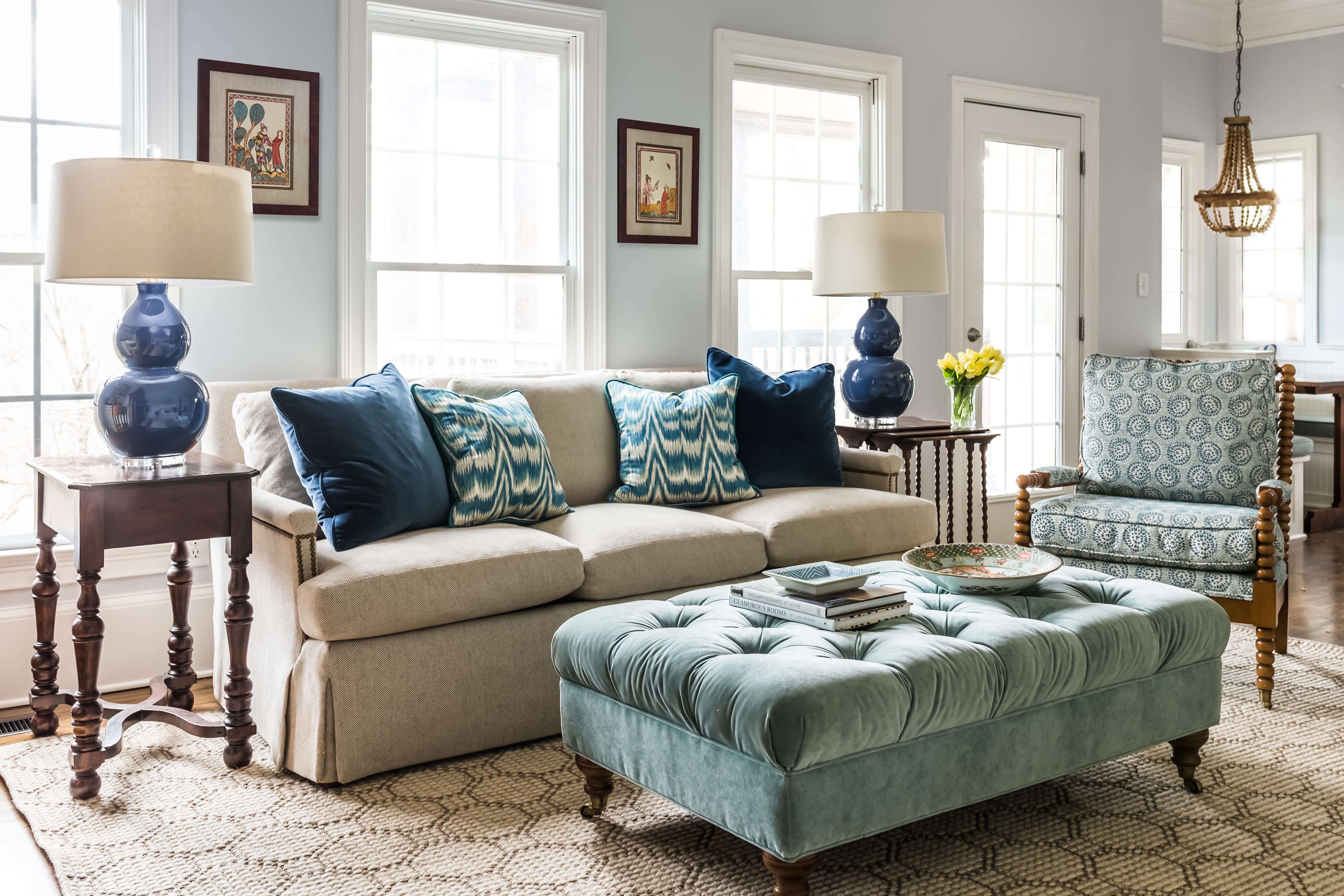
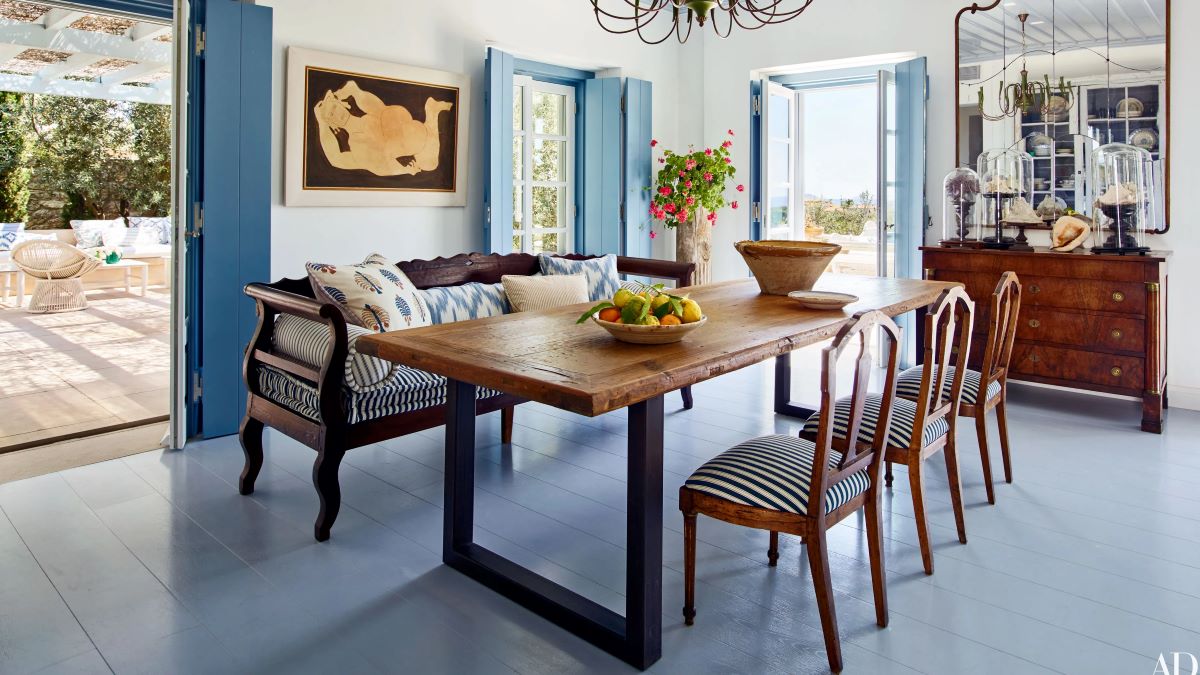
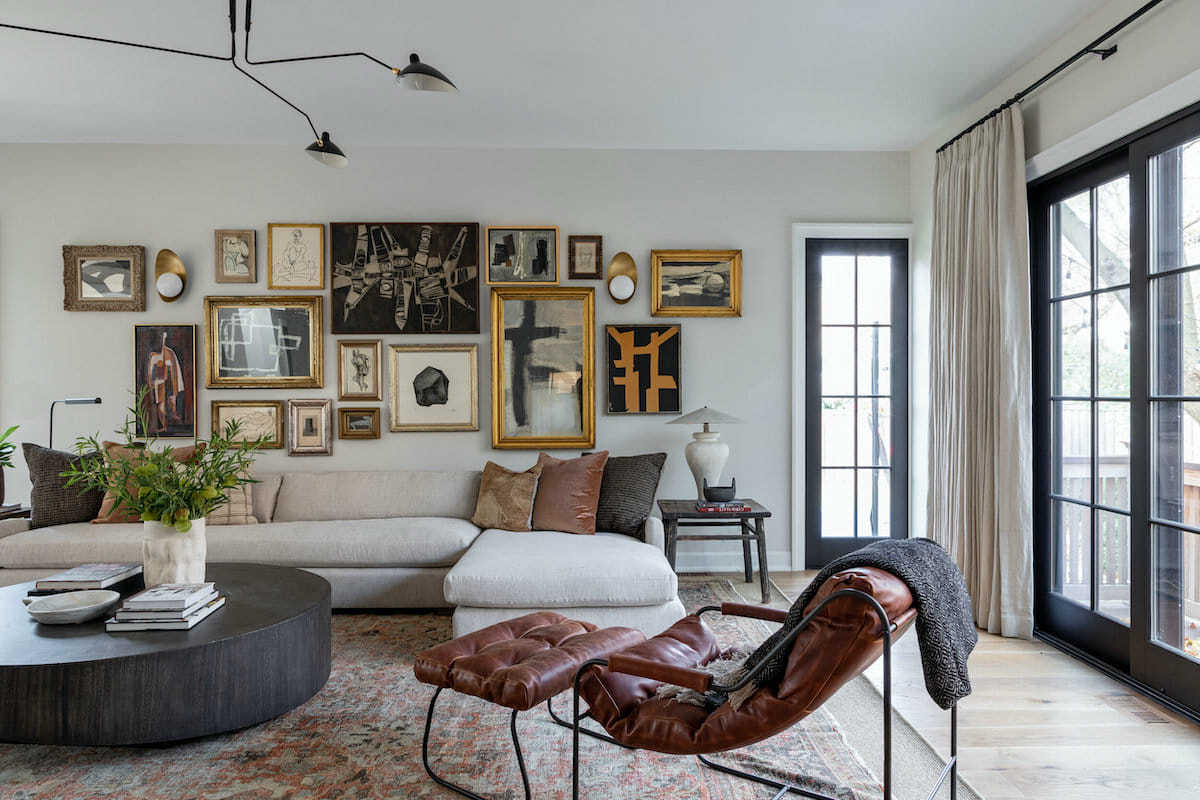
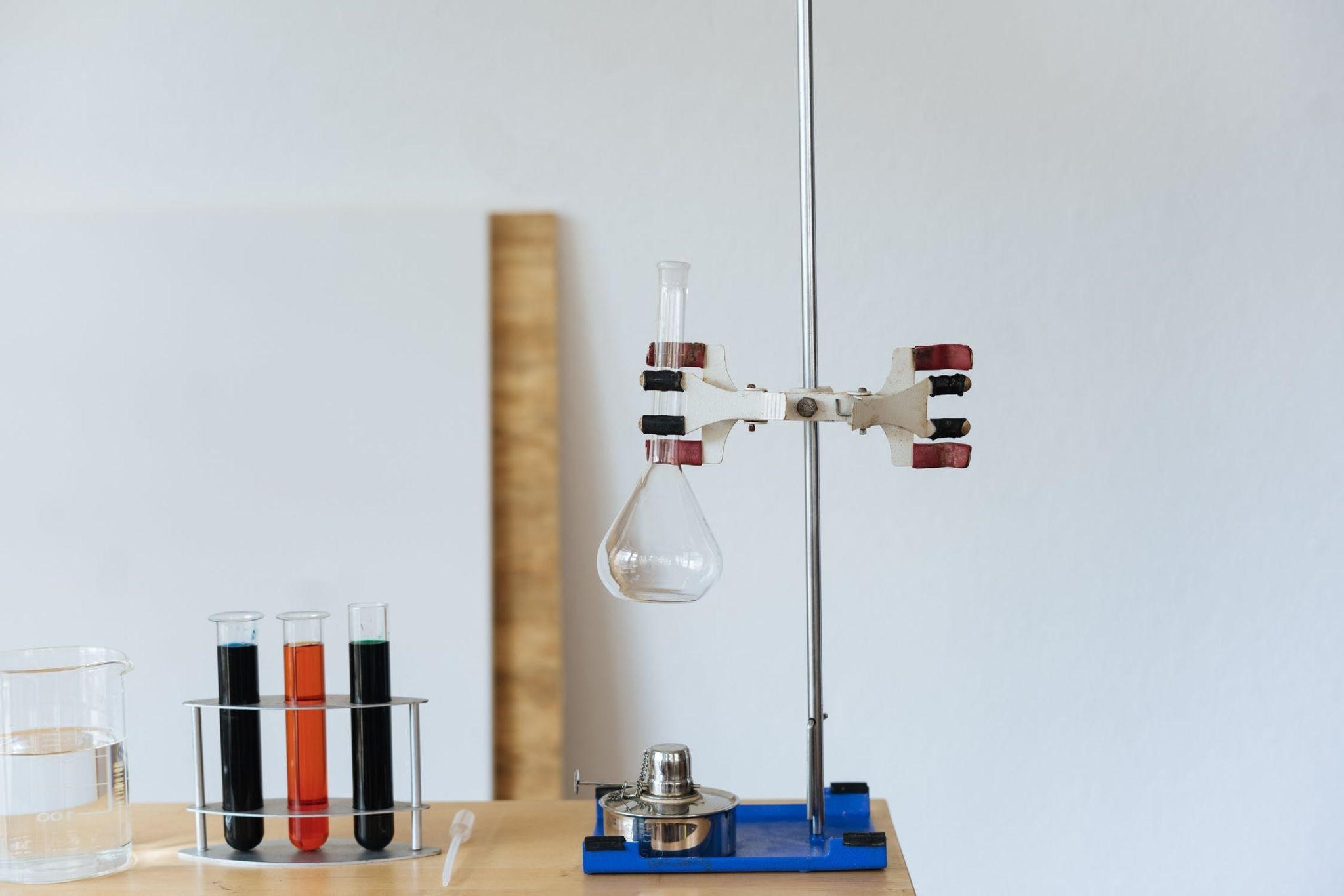
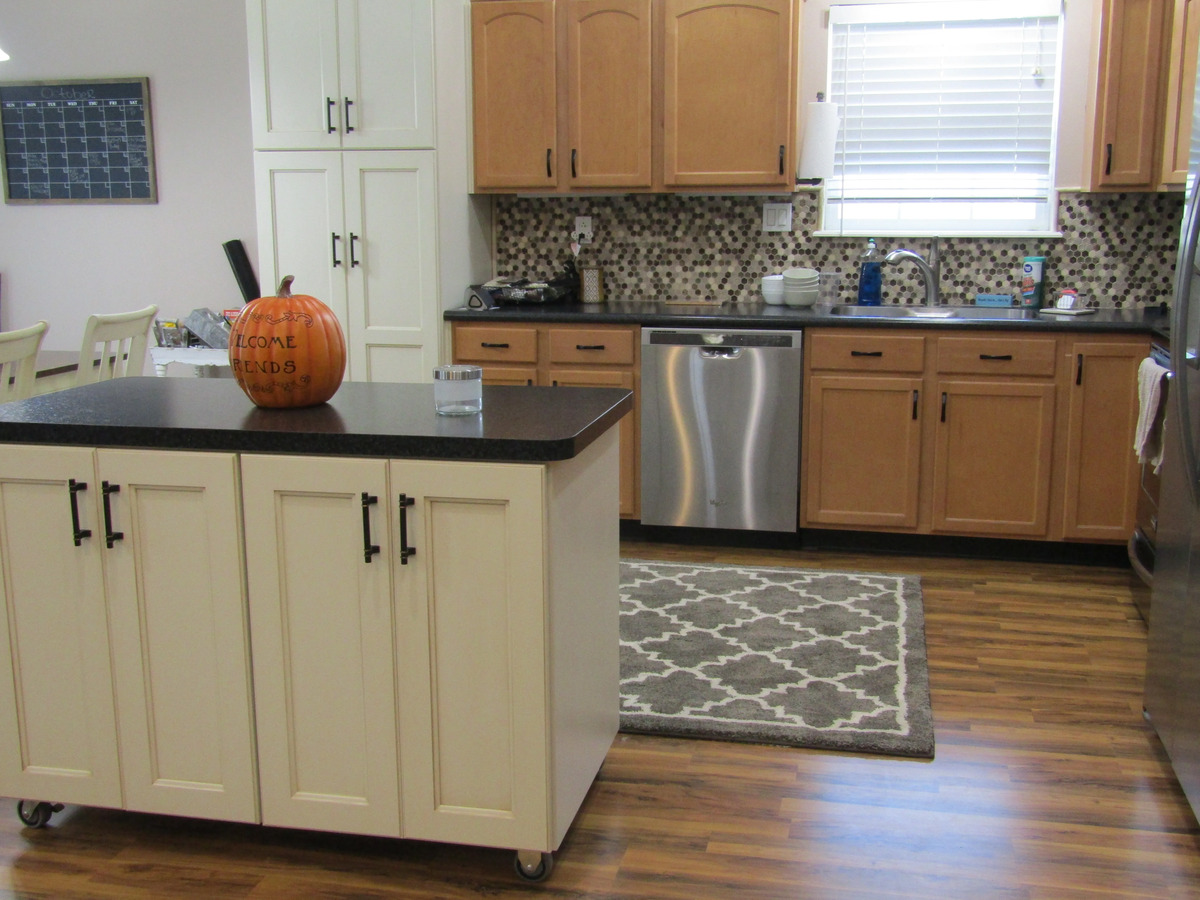
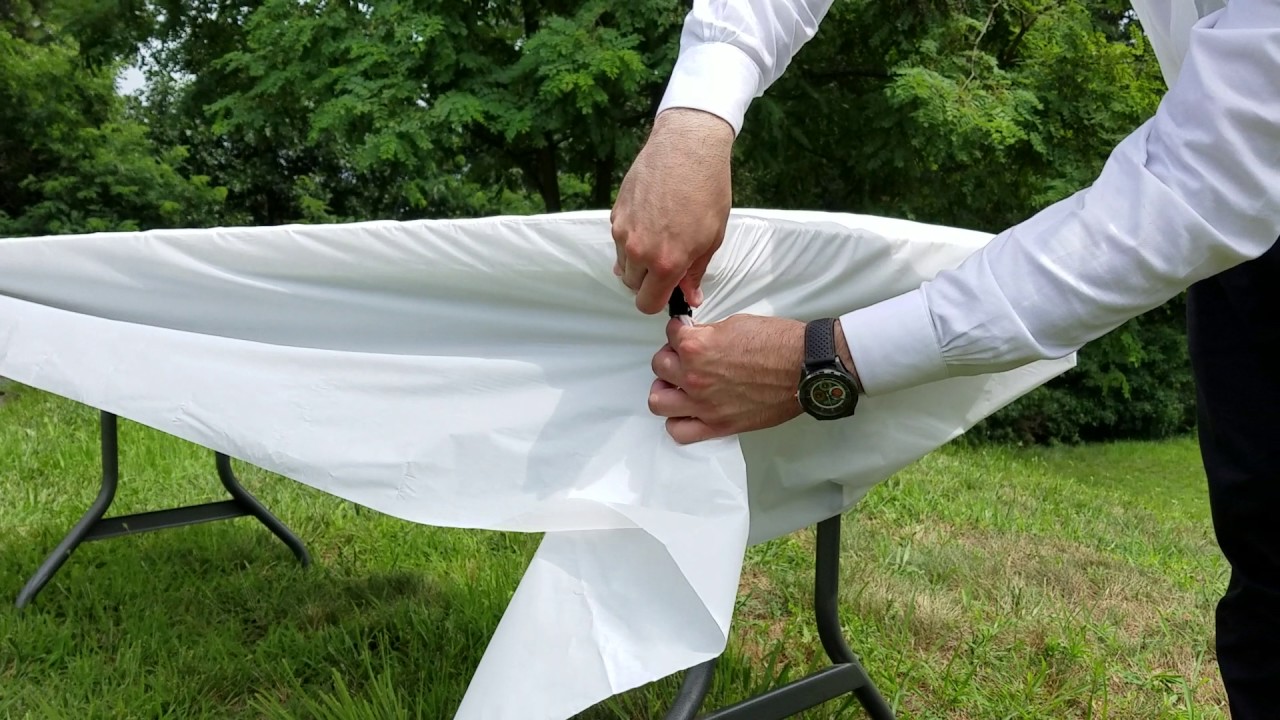
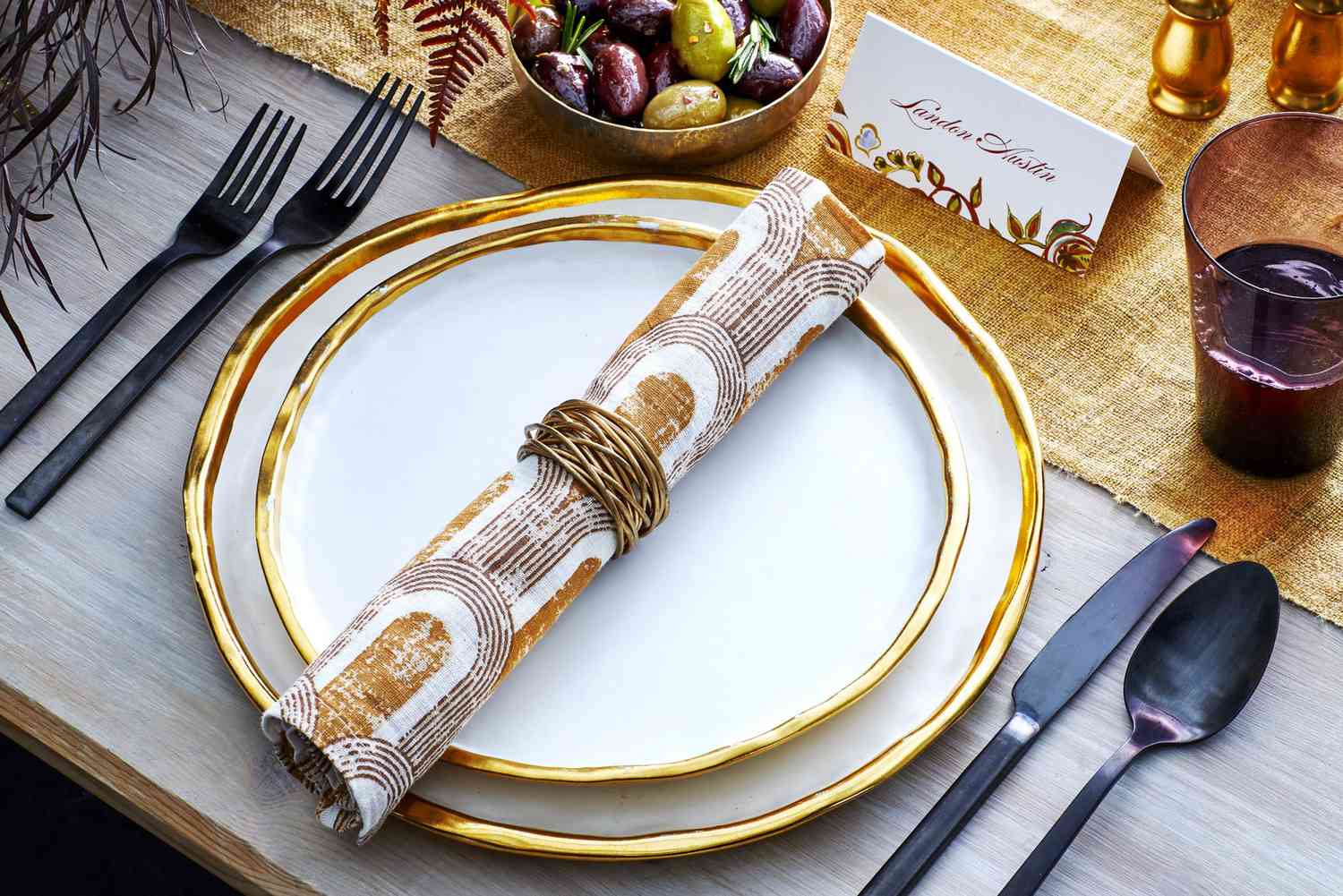
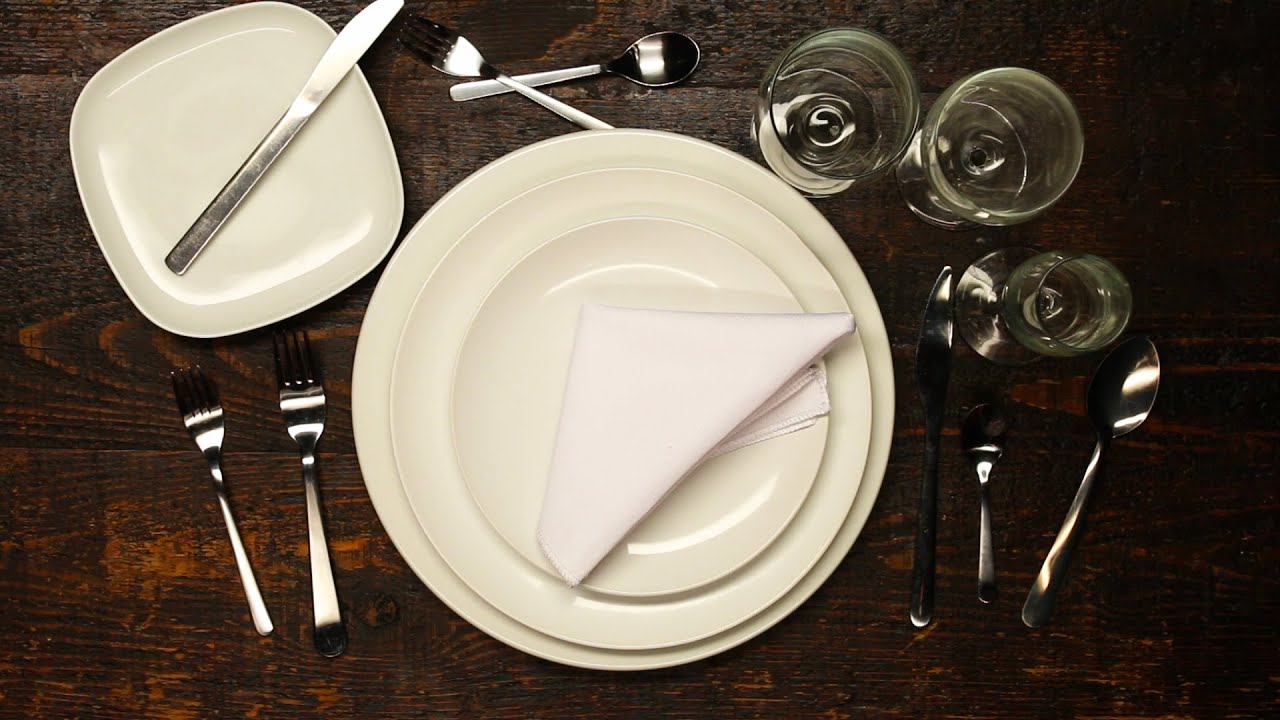

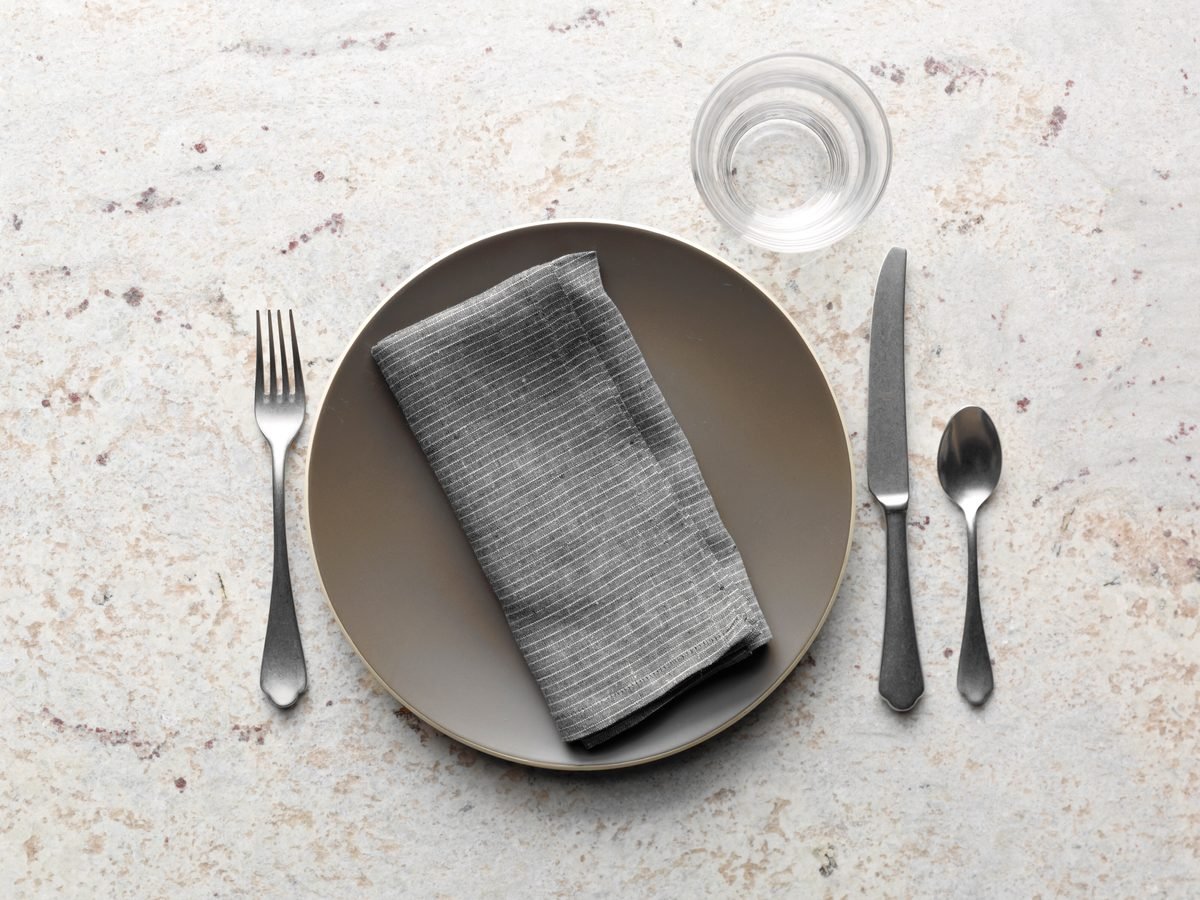
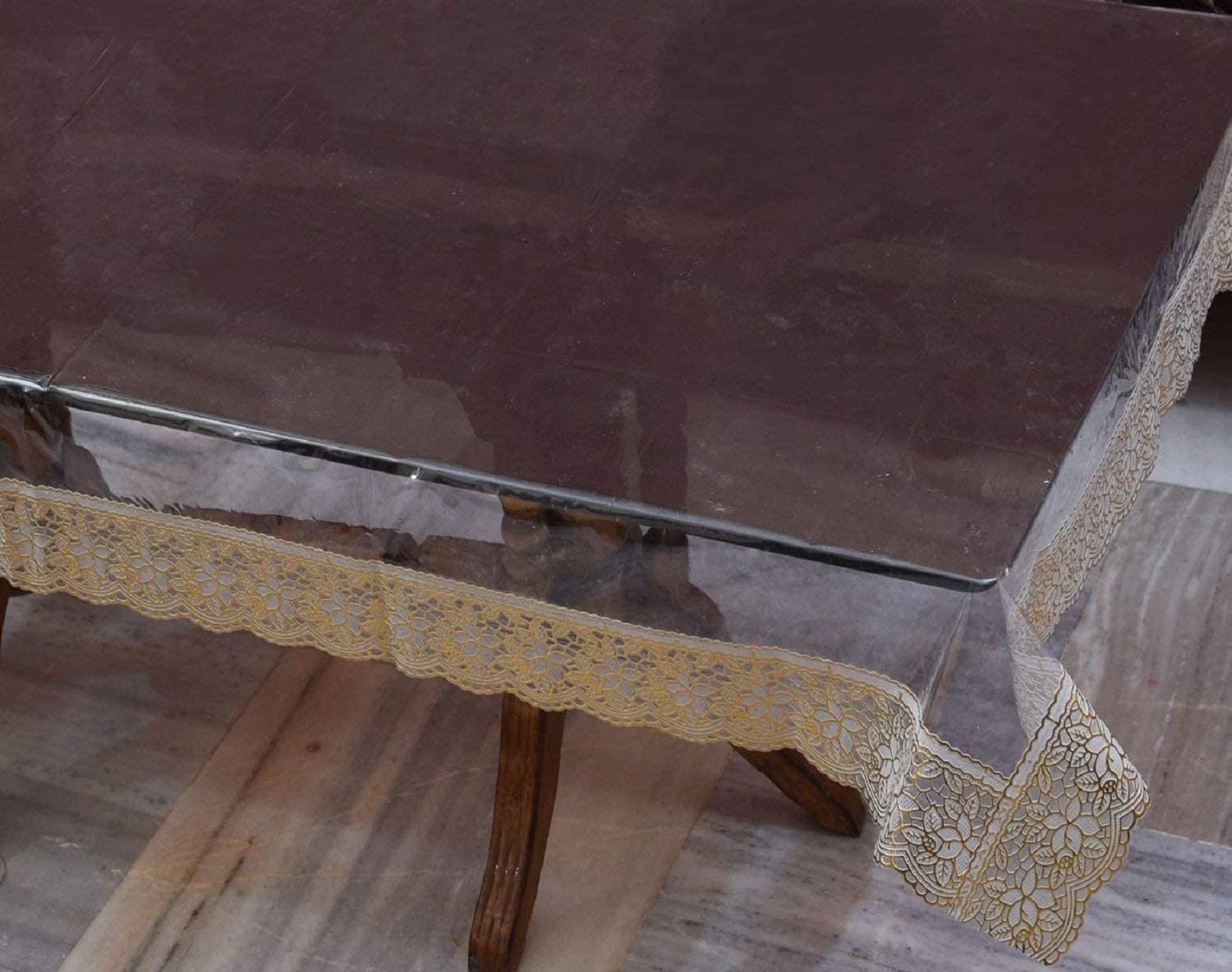
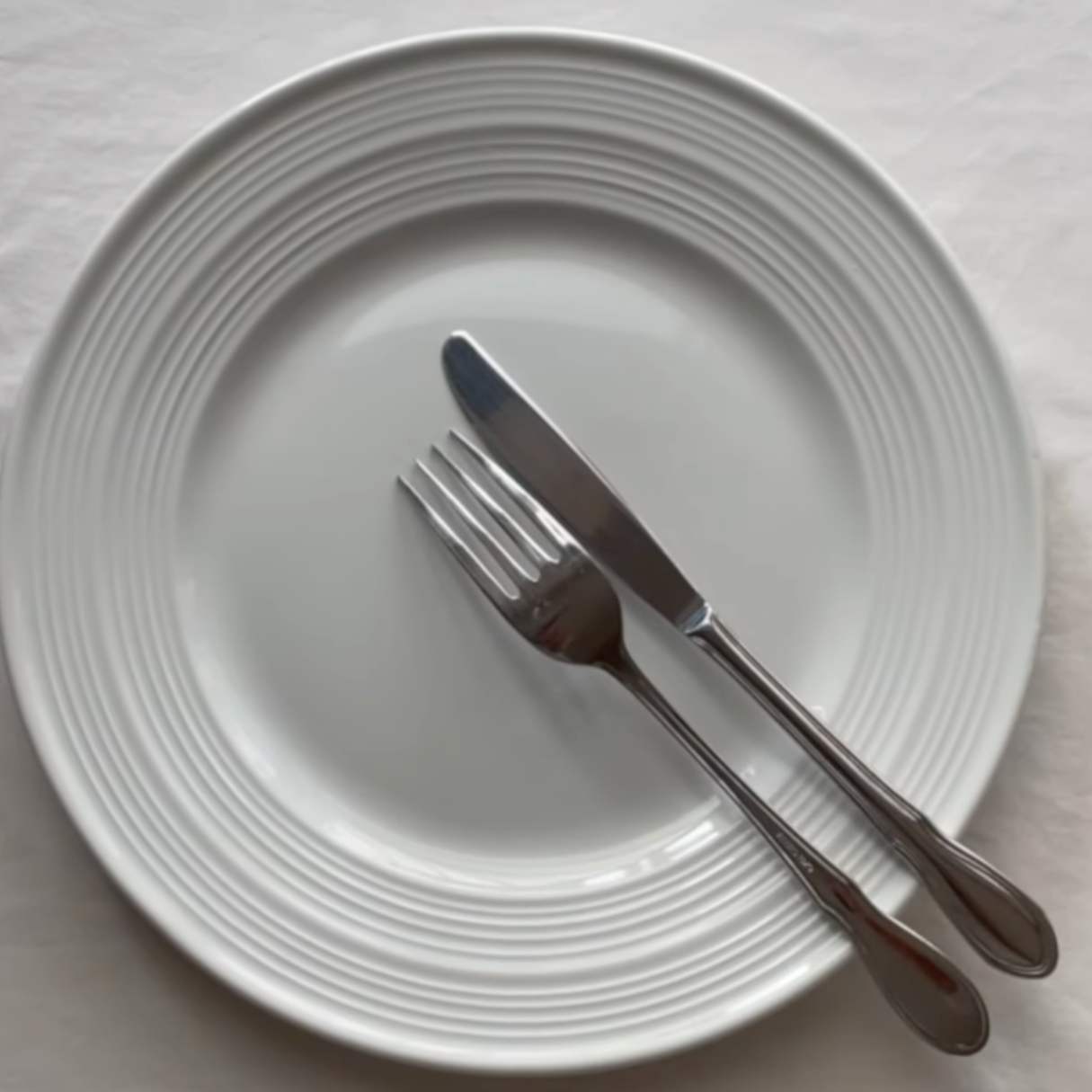
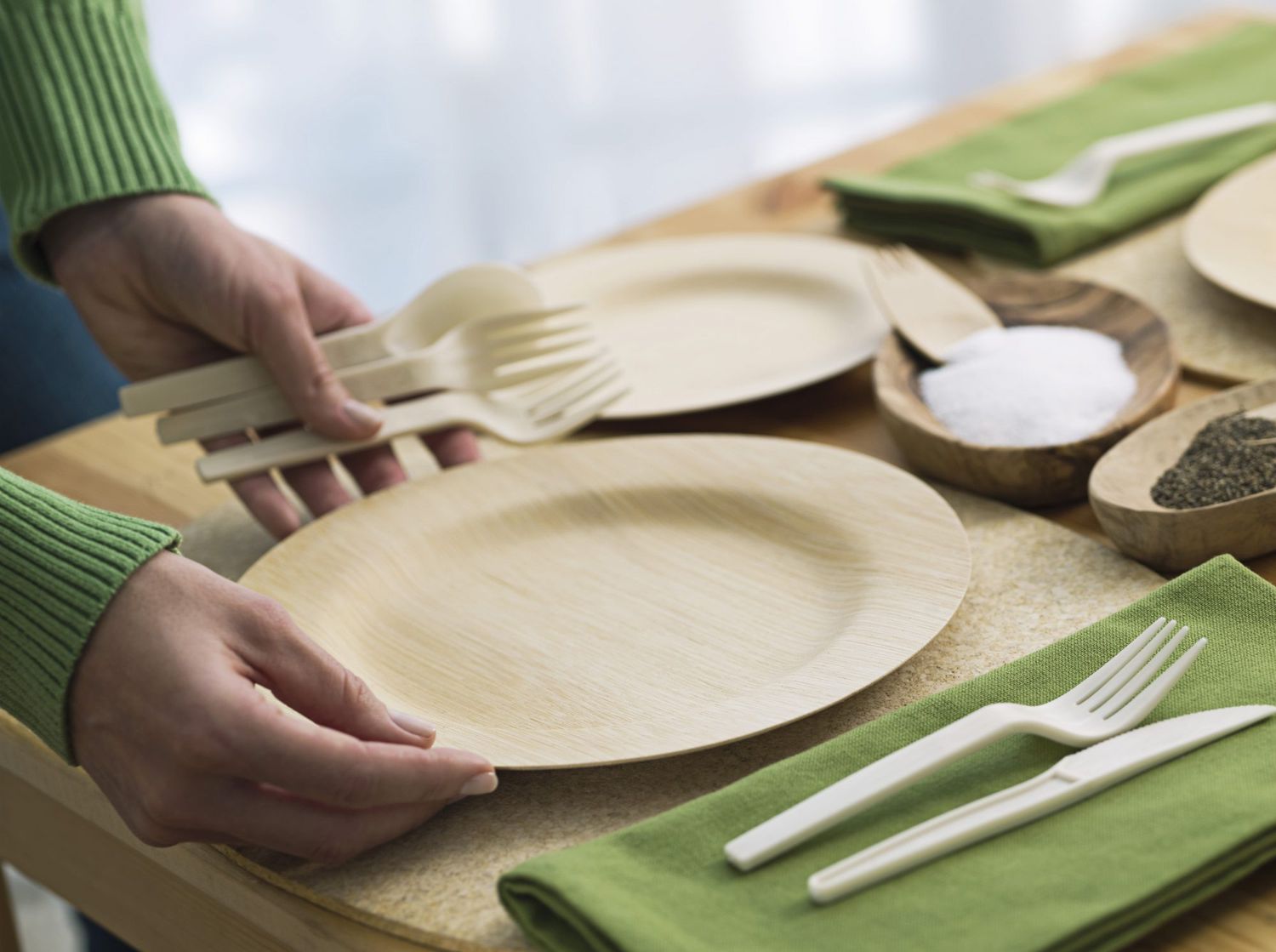

0 thoughts on “How To Mix And Match Place Settings”